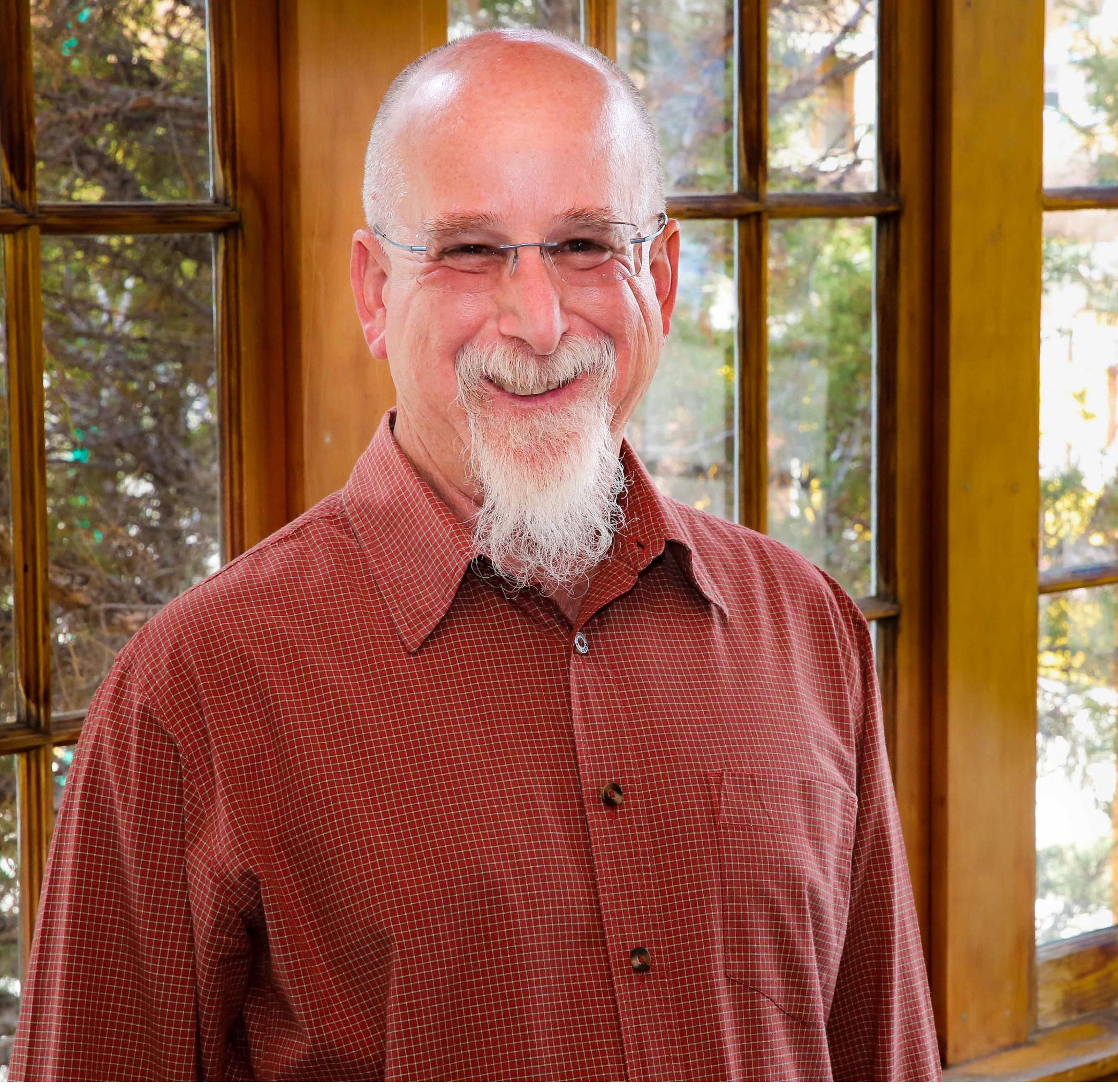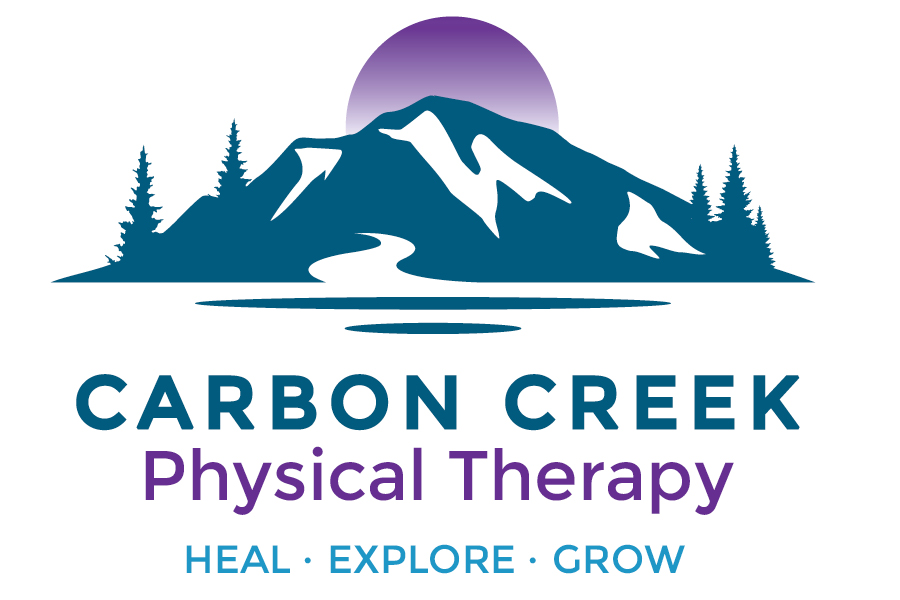
Bob Baumgarten M.S., PT; CFMT; FAAOMPT
Bob’s interest in Physical Therapy was sparked by his own ACL reconstruction and successful rehabilitation in 1988. The motto for Carbon Creek PT, “Heal · Explore · Grow”, has its genesis in this period of rehabilitation. The process of self-discovery while rehabbing from this injury sparked an interest and curiosity about physical therapy that continues to burn brightly. He went on to earn a Master’s Degree in Physical Therapy from the University of the Pacific in 1995.
Prior to moving to Gunnison in 2016, Bob was fortunate to work for 10 years at the California Sports and Orthopedic Institute. While there, he was privileged to work with Robert Eppley, MD, a highly regarded knee and shoulder specialist and lead orthopaedic surgeon for University of California, Berkeley; Chad Roghair, MD, a fellowship-trained sports medicine specialist; and Brad Zwahlen, MD, a fellowship-trained orthopedic surgeon. Working in close  collaboration with these physicians on a daily basis created a unique insight and understanding of the relationship between physical therapy and the physician’s approach to injury and rehabilitation.
collaboration with these physicians on a daily basis created a unique insight and understanding of the relationship between physical therapy and the physician’s approach to injury and rehabilitation.
When not working at Carbon Creek Physical Therapy, you might find Bob hiking and playing with his wife and dogs, learning woodworking, downloading vintage Grateful Dead concerts, or splitting firewood.
EDUCATION & TRAINING BACKGROUND
Bob’s specialty is orthopedic manual physical therapy. The depth and breadth of available knowledge and learning in this specialty area is nearly limitless. As a step toward more in-depth knowledge, Bob completed the Folsom Year Long Manual Therapy Program in 1997. The manual therapy and exercise approach taught in this program evolved from both a Norwegian style of physical therapy, the Kaltenborn-Evjenth approach, and an approach known as Proprioceptive Neuromuscular Facilitation (PNF). PNF, pioneered at Kaiser, Vallejo in northern California, is based on the assessment of the body’s ability to perform efficient functional movement patterns and the nervous system’s ability to facilitate, control and sustain these patterns.
In 2001, Bob completed another year-long specialty training, the Grass Valley Orthopaedic Manual Therapy program. This program is somewhat more eclectic in its scope, but has its roots in an Australian approach to manual therapy developed by Geoff Maitland. The Maitland approach combines a thoughtful and detailed assessment of the patient’s “signs and symptoms”, with an equally detailed assessment of the movement of the related joints. This information is utilized to help identify a recognizable pattern of injury or dysfunction.
The Kaiser Hayward Physical Therapy Fellowship in Advanced Orthopaedic Manual Therapy, a ten-month, post-graduate Fellowship which Bob completed in 2003, delves even deeper into the Maitland approach. The Fellowship places a strong emphasis on treatment of spinal pathologies, but the instruction and training address the full scope of orthopedic injuries and dysfunction. Bob’s research project, which serves as the culmination of the Fellowship, was published in the Journal of Manual & Manipulative Therapy (“To Run or Not To Run: A post-menisectomy qualitative risk analysis model for osteoarthritis when considering a return to recreational running”, Baumgarten, 2007). Successful completion of this Fellowship places Bob as one of less than 2000 physical therapists in the United States who have earned the distinction of Fellow in the American Academy of Orthopaedic Physical Therapists (FAAOMPT).
In addition to these concentrated programs, Bob has completed more than 60 short-term courses. One series that stands out, and informs much of the manual physical therapy work that Bob does, is the grouping of courses developed and taught by the Institute of Physical Art (IPA). Gregg and Vicky Saliba Johnson, founders of the IPA, have created an approach called Functional Manual Therapy (FMT). This approach “strives to identify movement dysfunctions that contribute to pain, loss of mobility or degenerative changes in the body. Once identified, a broad spectrum of manual therapy techniques are utilized to restore efficient mobility of joints, soft tissue and visceral structures. With efficient mobility restored neuromuscular re-education is utilized to improve specific muscle initiation, strength and endurance. The final component is improvement of motor control which focuses on efficient movement patterns” that can be integrated into sport, recreation and normal activities of daily living. (Quoted from the IPA website.) In 2020, Bob successfully completed testing to become a Certified Functional Manual Therapist (CFMT) through the Institute of Physical Art.
Another unique approach that Bob that also informs his approach to treatment is that which was developed by the French Osteopath and Physical Therapist, Jean Pierre Barral. This approach focuses on visceral mobilization as a component of orthopedic manual therapy. Taught by the internationally recognized Barral Institute, visceral manipulation postulates that inefficient mobility of the various internal organs can impair the function of related musculoskeletal joints and soft tissue.
In addition to clinical practice, Bob has been an educator. He has taught as a Faculty Associate in the Kaiser Hayward Fellowship Program, Hayward, CA and the Doctor of Physical Therapy Program at Samuel Merritt University, Oakland, CA. He has been an instructor at the Grass Valley Orthopaedic Manual Program, Grass Valley, CA and various other post-graduate continuing education courses.
Bob is also a certified Astym provider. Astym is an instrument-assisted soft tissue mobilization system that focuses on repairing the normal soft tissues of the body (muscles, tendons, ligaments, etc.) and correcting abnormal soft tissue (scar tissue and other inappropriate fibrosis), which may interfere with movement and cause pain.
When not working at Carbon Creek PT, you might find Bob hiking or cross-country skiing with his wife, playing with his dogs, learning woodworking, or splitting firewood.
